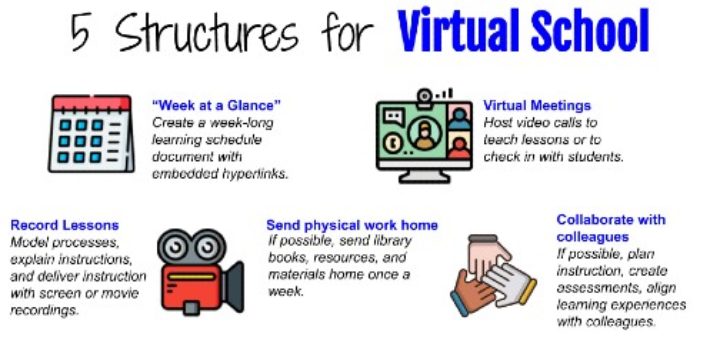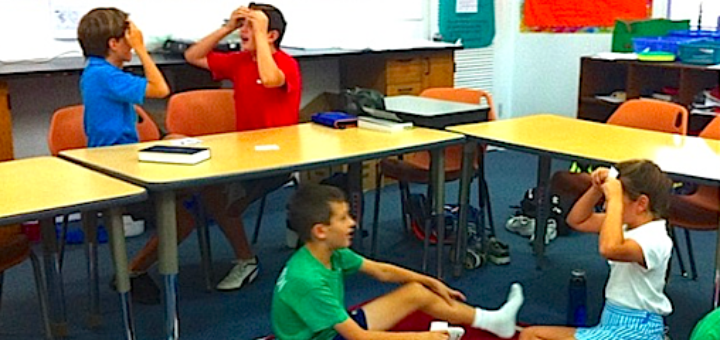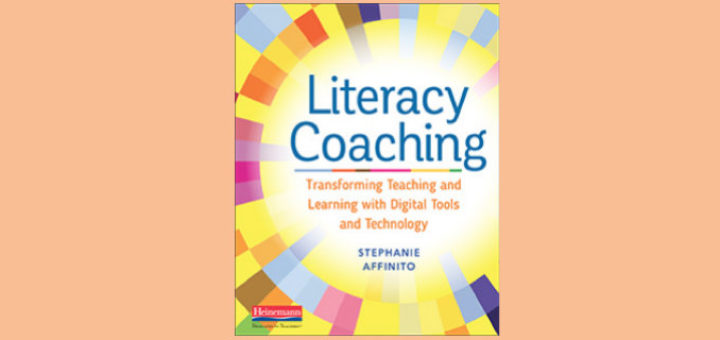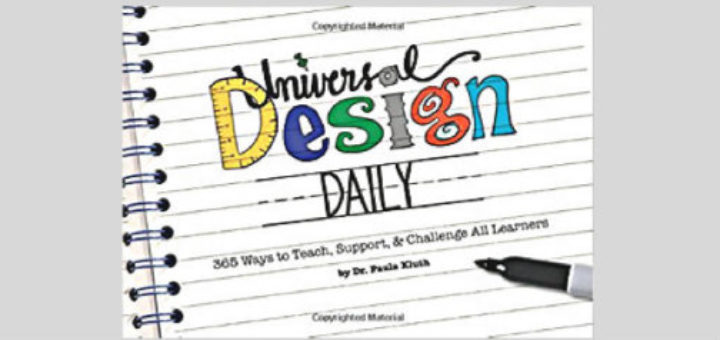Ensure Deep Learning as Virtual School Expands
Adjusting instruction to virtual learning can be a challenge, and it’s tempting to create easier lessons, says teaching expert Dr. Barbara Blackburn. But educators “need to ensure we hold students to standards that promote deeper learning, no matter the delivery system.”

























